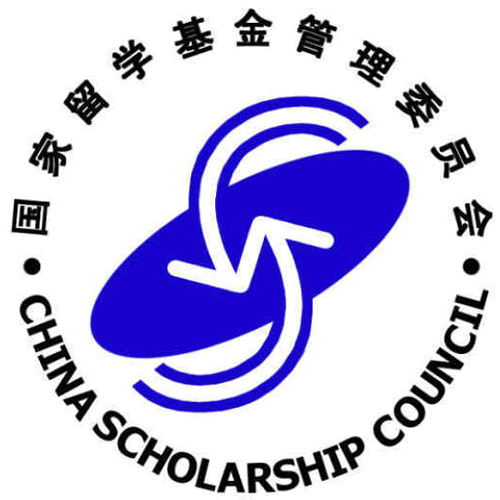PhD Research Studentships
A novel bone-tendon junction on a chip to interrogate the drivers of insertional tendinopathy
| Supervisors: | Hazel SCREEN and Martin KNIGHT |
| Apply by: | 29 January 2025 |
| Start in: | September (Semester 1) |
Description
An organ-chip is a micro-scale engineered system, recreating the architecture, functions and physiochemical environment of living human organs. These models allow better discovery science and drug development as they better predict human physiology and pathology, allowing us to explore disease processes and treatments. Developing organ-chip models which can better capture human physiology and pathology is a bioengineering challenge which requires us to capture the full physiochemical environment of an organ.
This project aims to develop and validate a novel vascularised tendon-bone organ-chip model with which to interrogate insertional tendinopathy.
Injury to the tendon-bone junction is painful and recalcitrant. It is through to result from microtrauma at the tendon attachment site, leading to inflammation and then calcification of the junction. However, it is unclear why the inflammation in the junction becomes chronic and leads to calcification in some individuals whilst it recovers in others.
The tendon-bone chip will capture the gradients in matrix stiffness and composition that occur across the tendon-to-bone interface, and test the hypothesis that inflammation and calcification of the junction in response to loading can be manipulated by altering the physical properties of the interface.
The project will build on current work in the lab to select an appropriate material to capture the bone-tendon interface, adopting spatial patterning approaches to established controlled gradients in material stiffness to match tendon and bone.
It will adopt biochemical and physical stimuli to drive a calcification response within the junction, exploring the role of bone and tendon cells in these processes, and then explore how altering the stiffness or matrix composition along the bone-tendon junction manipulates the progression towards insertional tendinopathy.
By identifying the drivers of insertional tendinopathy, the project paves the way for new treatments targeting these processes.

Funding
Funded by: China Scholarship CouncilCandidate will need to secure a CSC scholarship.
Under the scheme, Queen Mary will provide scholarships to cover all tuition fees, whilst the CSC will provide living expenses and one return flight ticket to successful applicants.
Eligibility
- The minimum requirement for this studentship opportunity is a good honours degree (minimum 2(i) honours or equivalent) or MSc/MRes in a relevant discipline.
- If English is not your first language, you will require a valid English certificate equivalent to IELTS 6.5+ overall with a minimum score of minimum score of 6.0 in each of Writing, Listening, Reading and Speaking).
- Candidates are expected to start in September (Semester 1).
Contact
For informal enquiries about this opportunity, please contact Hazel SCREEN or Martin KNIGHT.
Apply
Start an application for this studentship and for entry onto the PhD Medical Engineering full-time programme (Semester 1 / September start):
Please be sure to quote the reference "SEMS-PHD-626" to associate your application with this studentship opportunity.
| Related website: | https://www.cpm.qmul.ac.uk/ | |
| SEMS Research Centre: | ||
| Keywords: | Cell Biology, Immunology, Biomedical Engineering, Materials Science - Other, Biomechanics, Pathology, Tissue Engineering |

